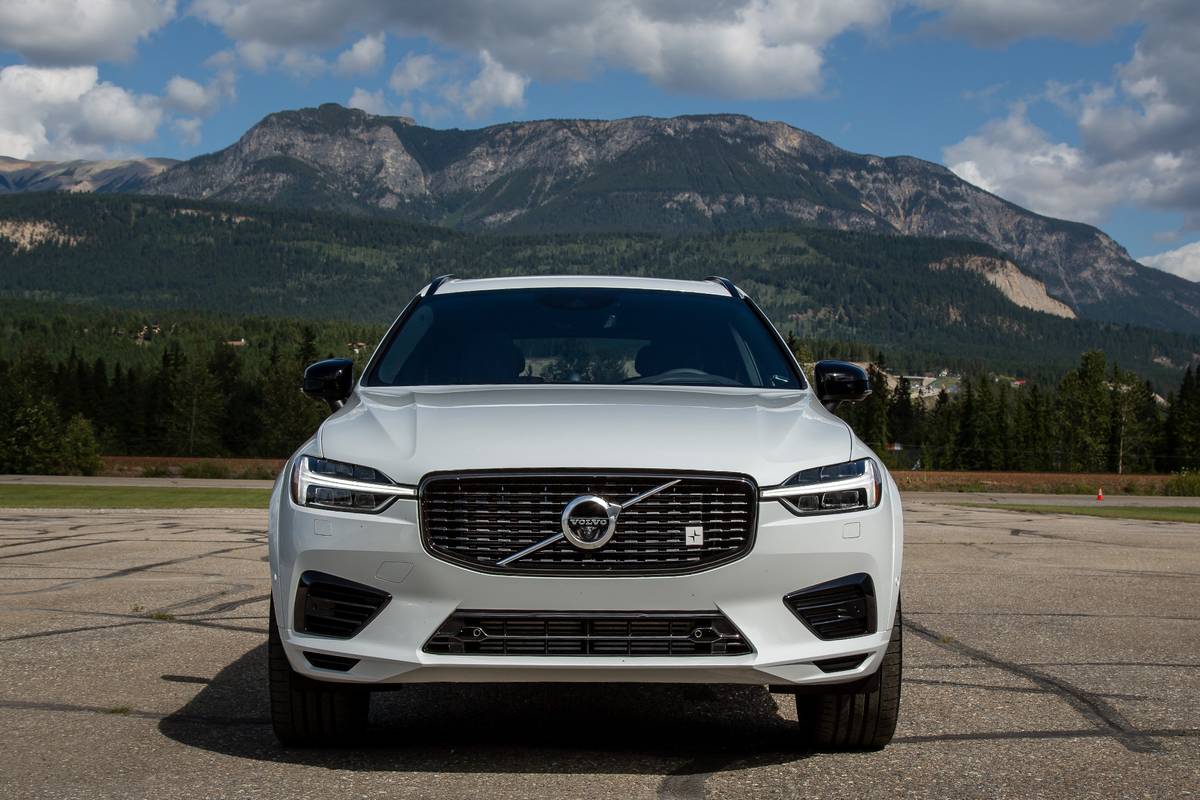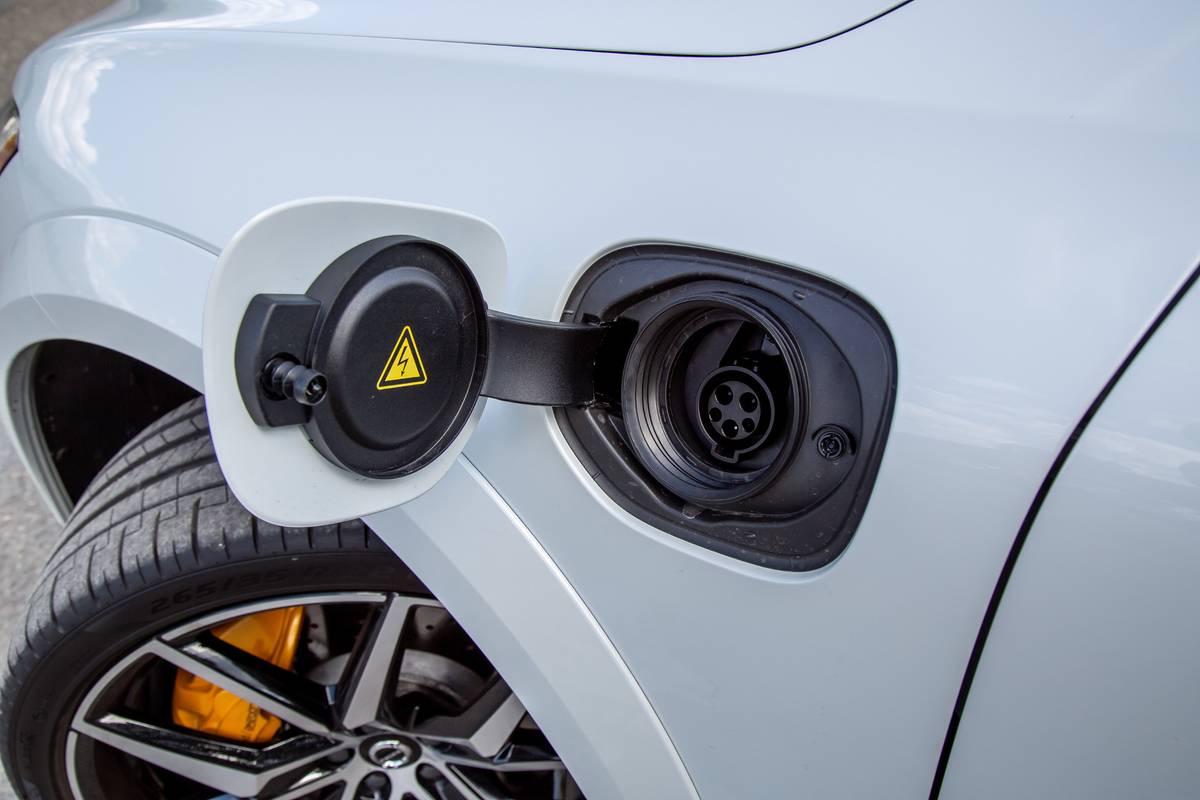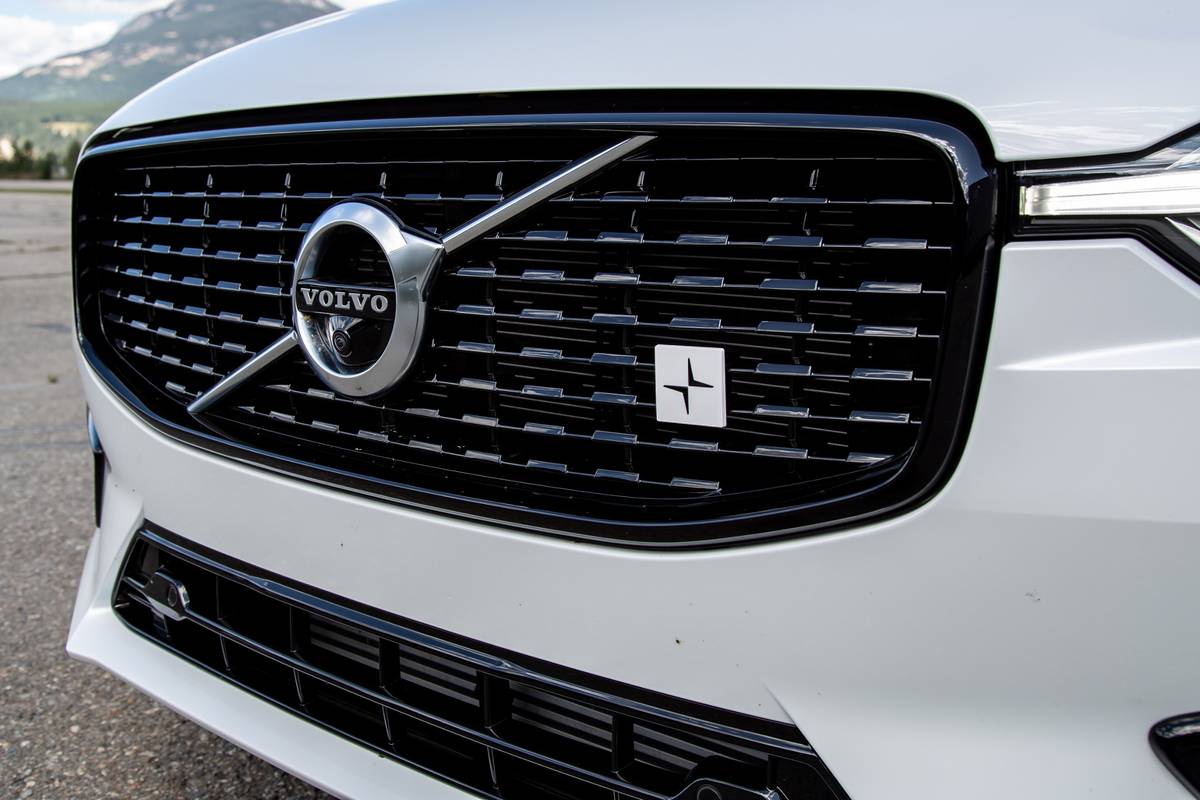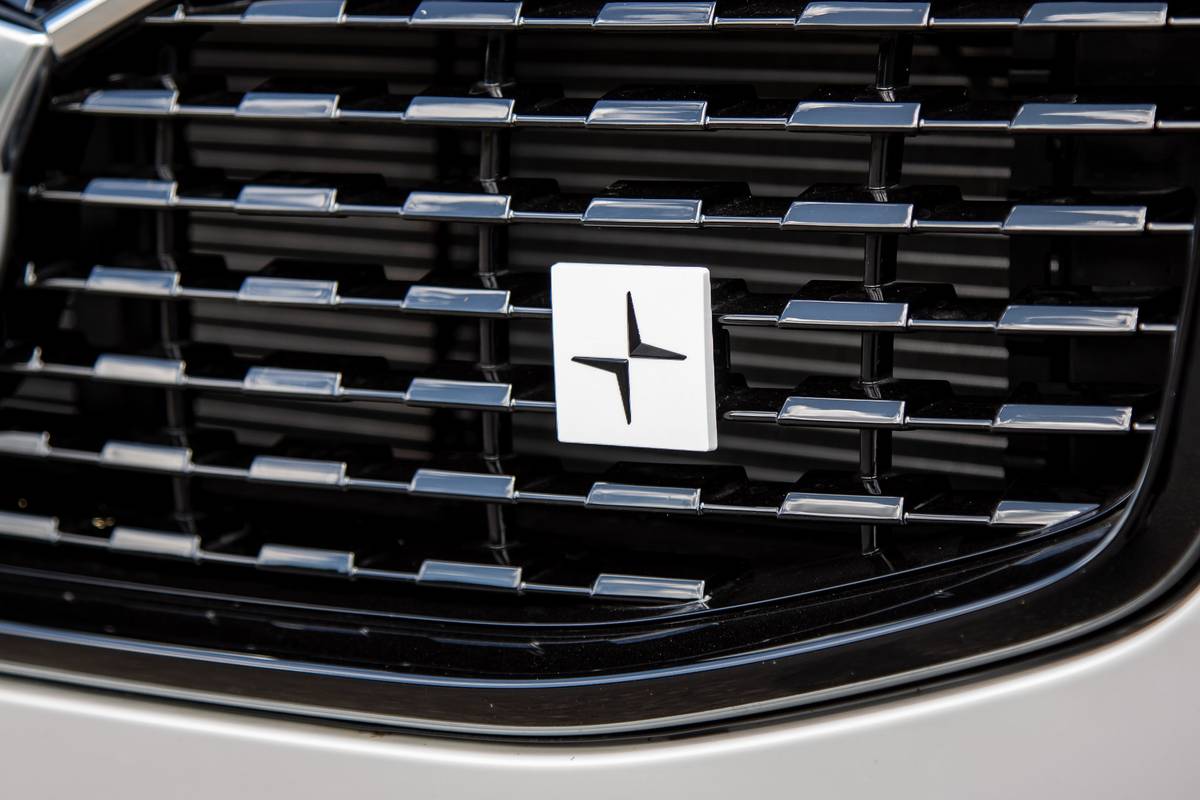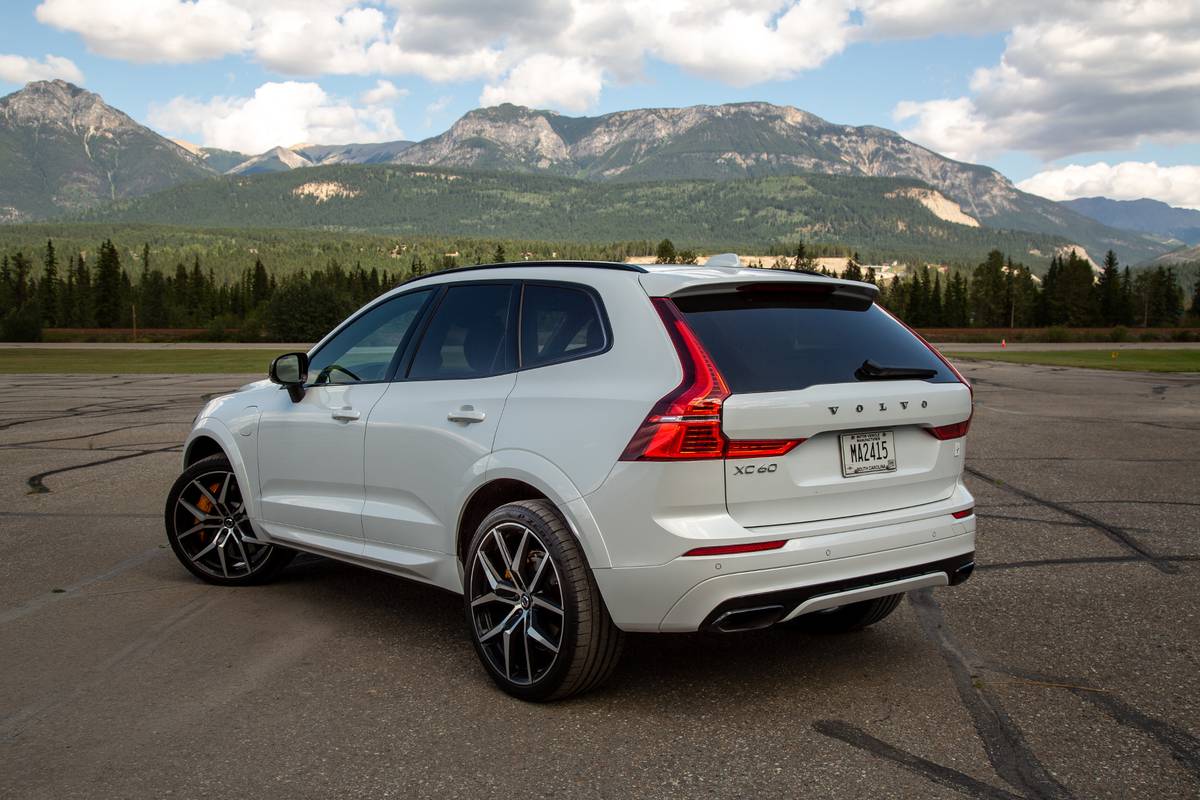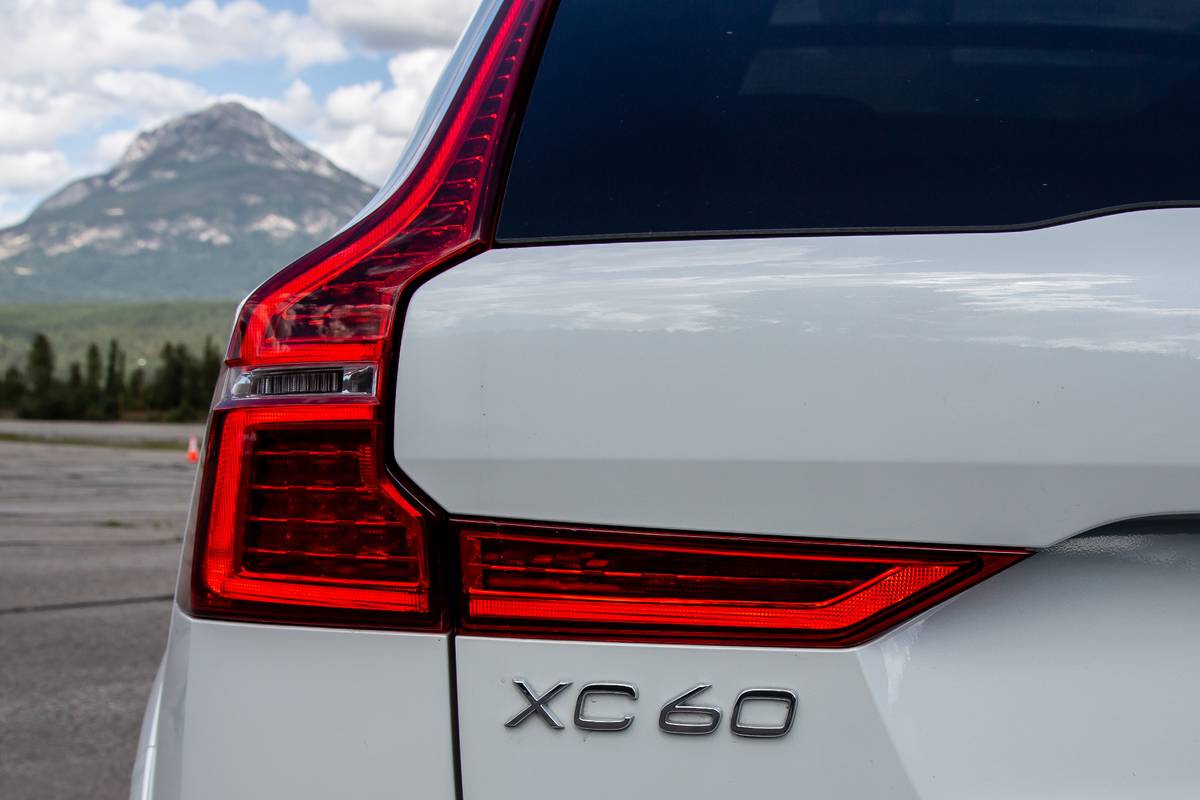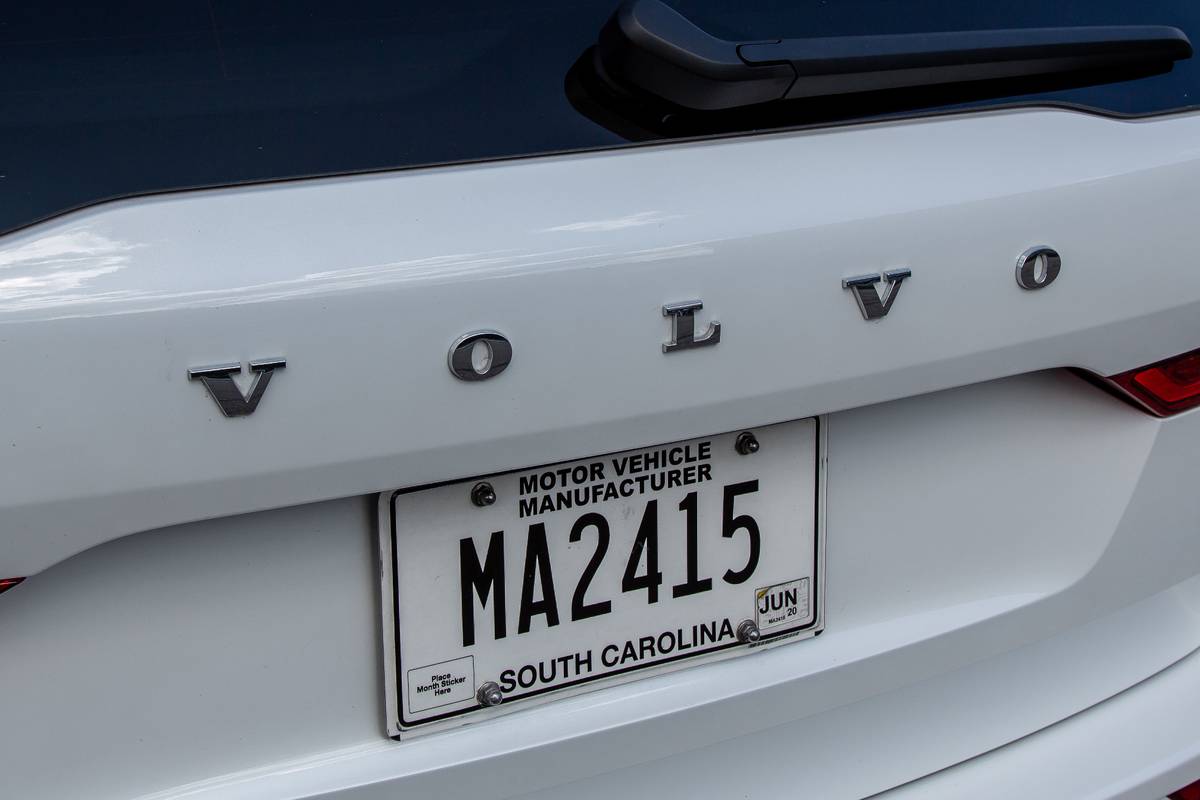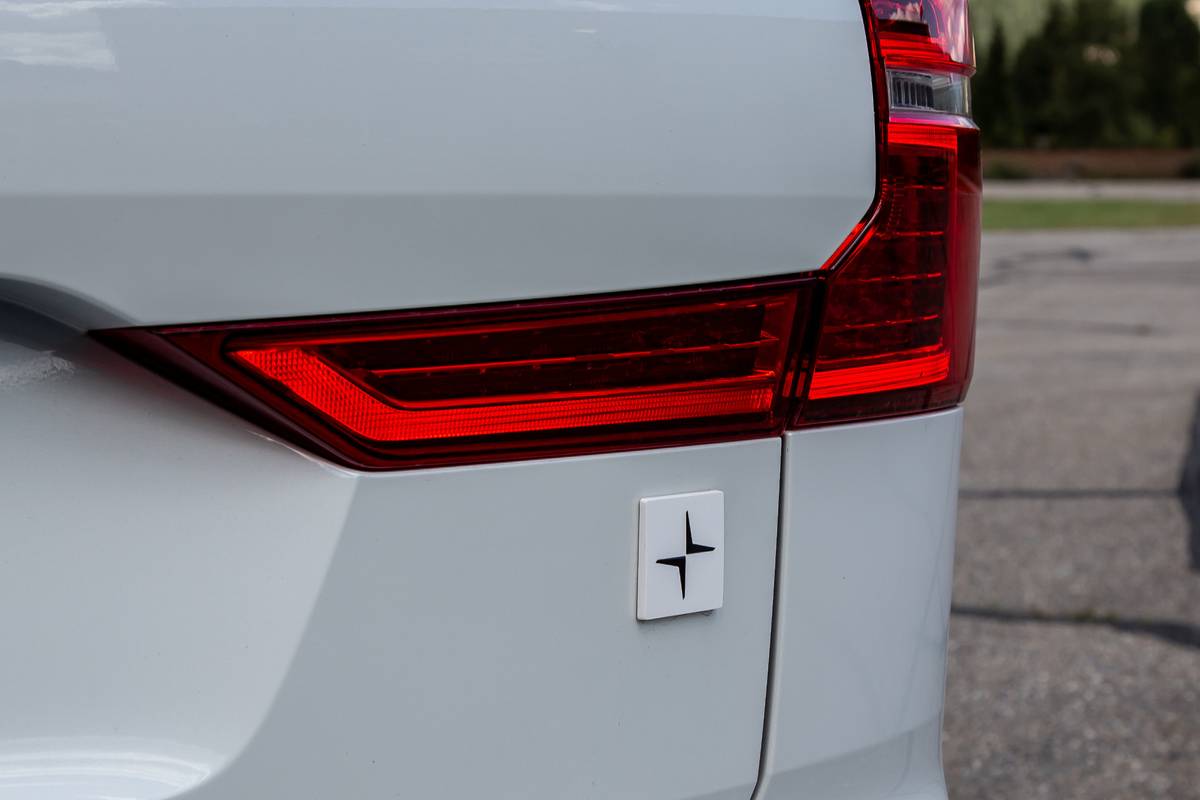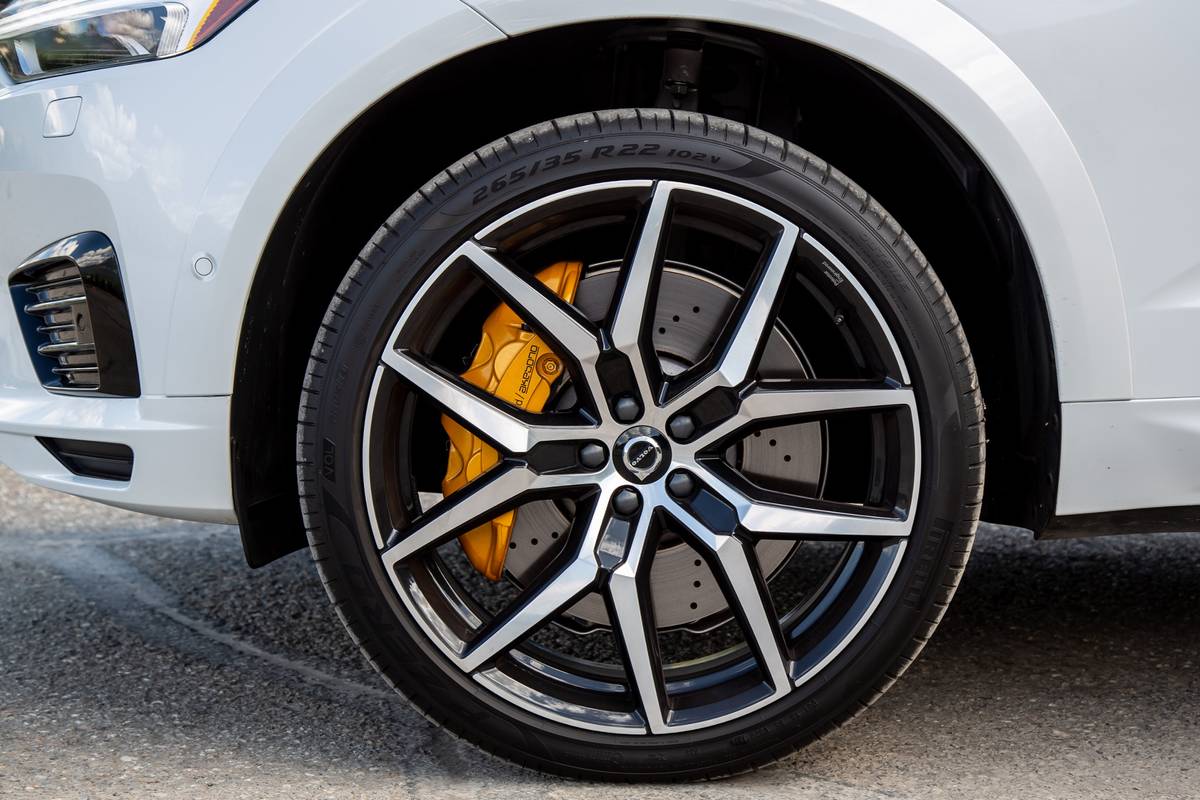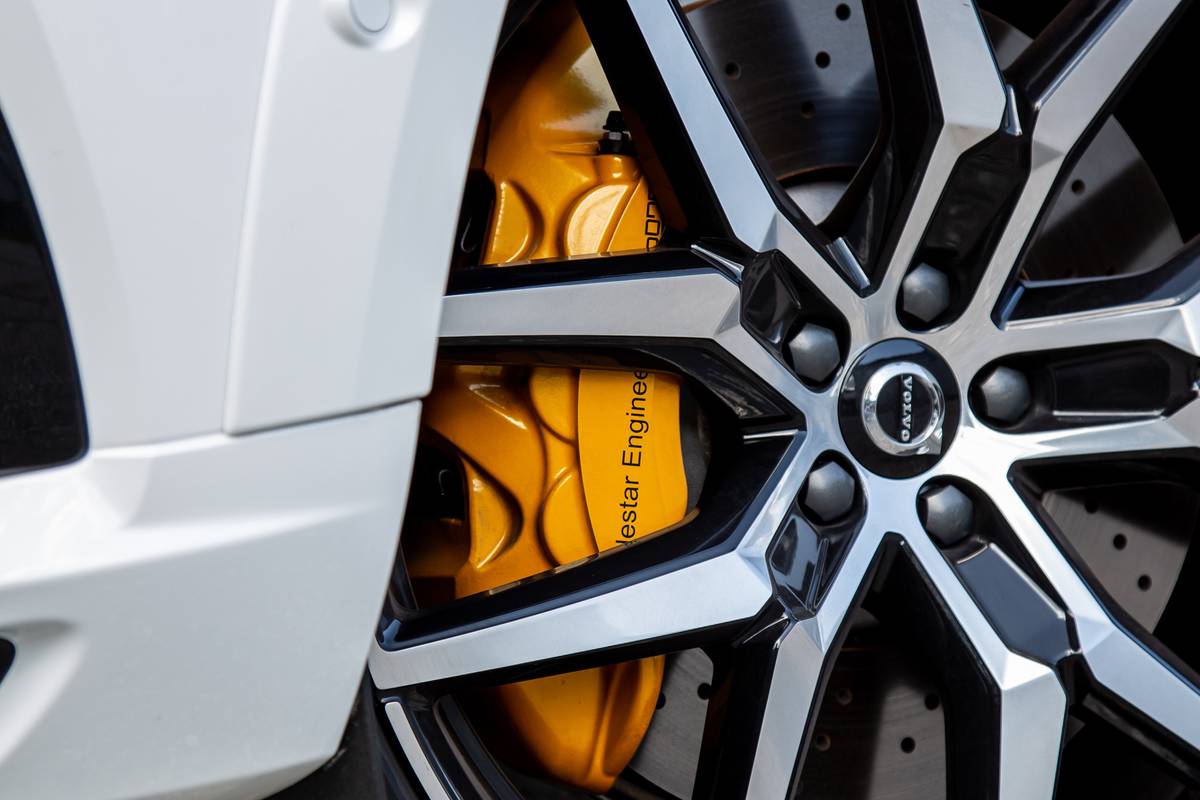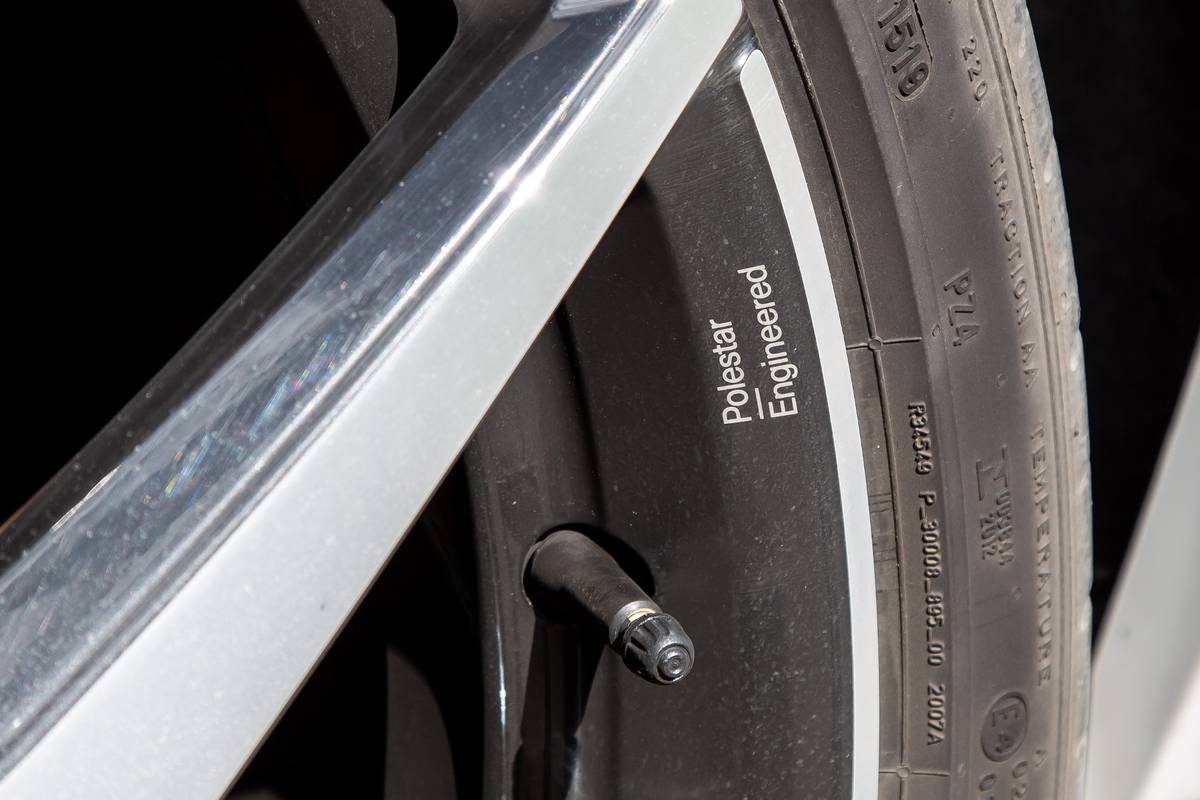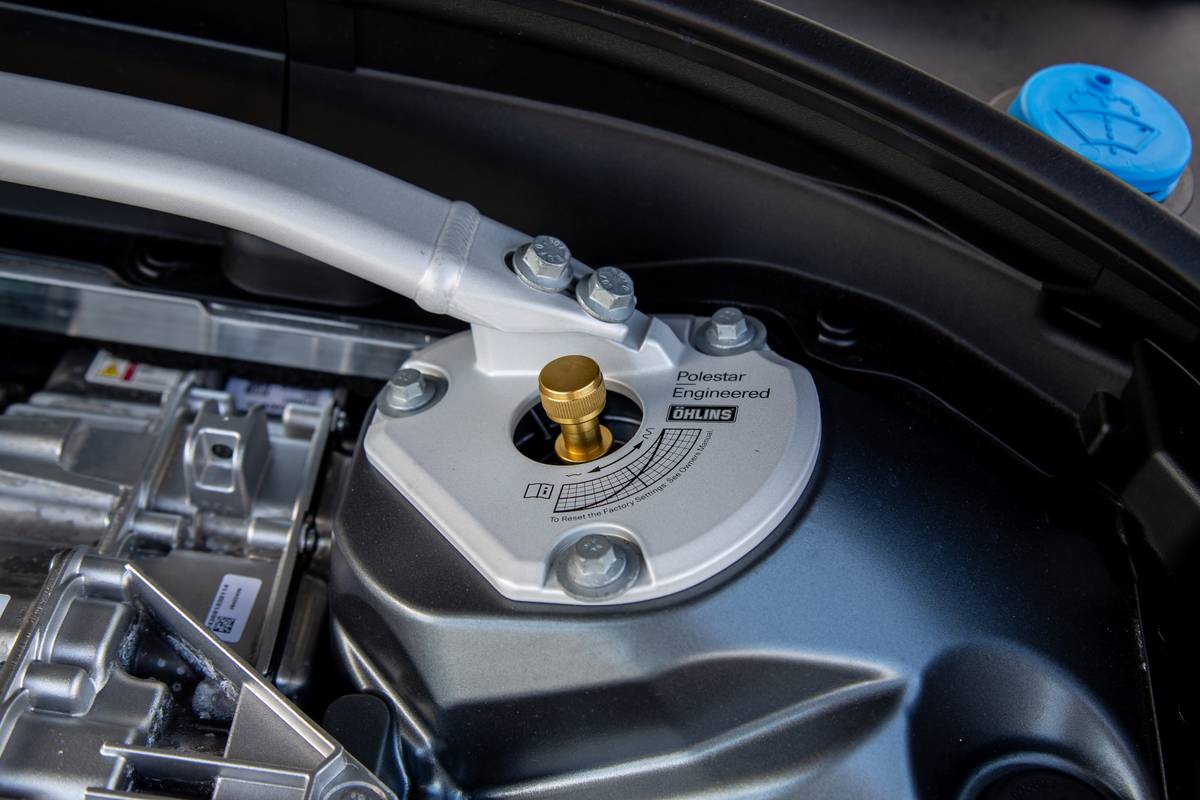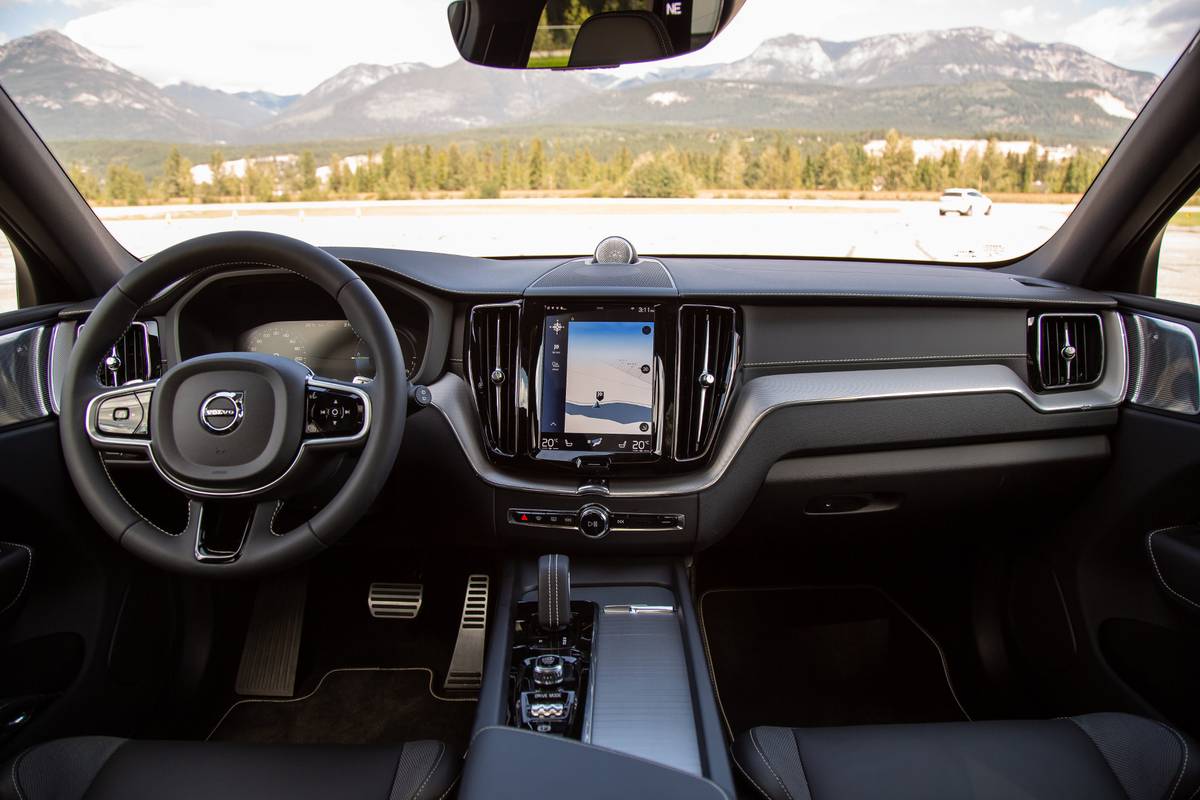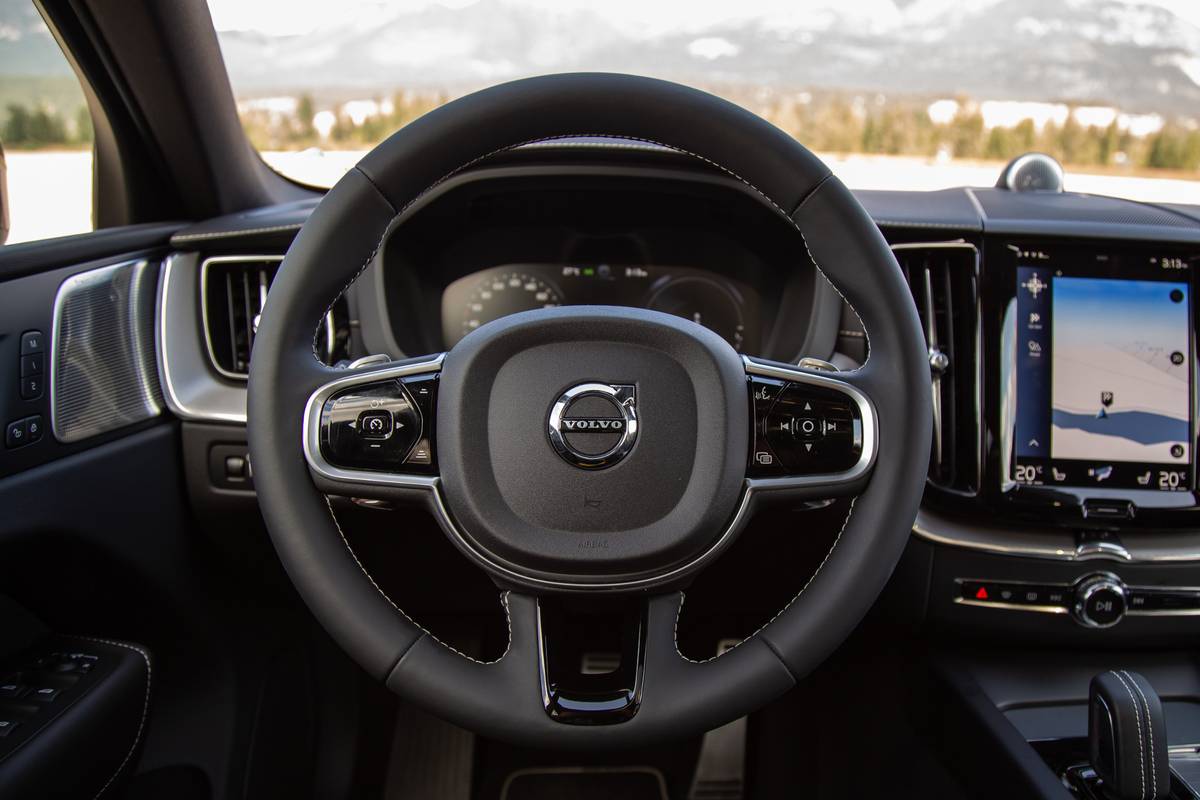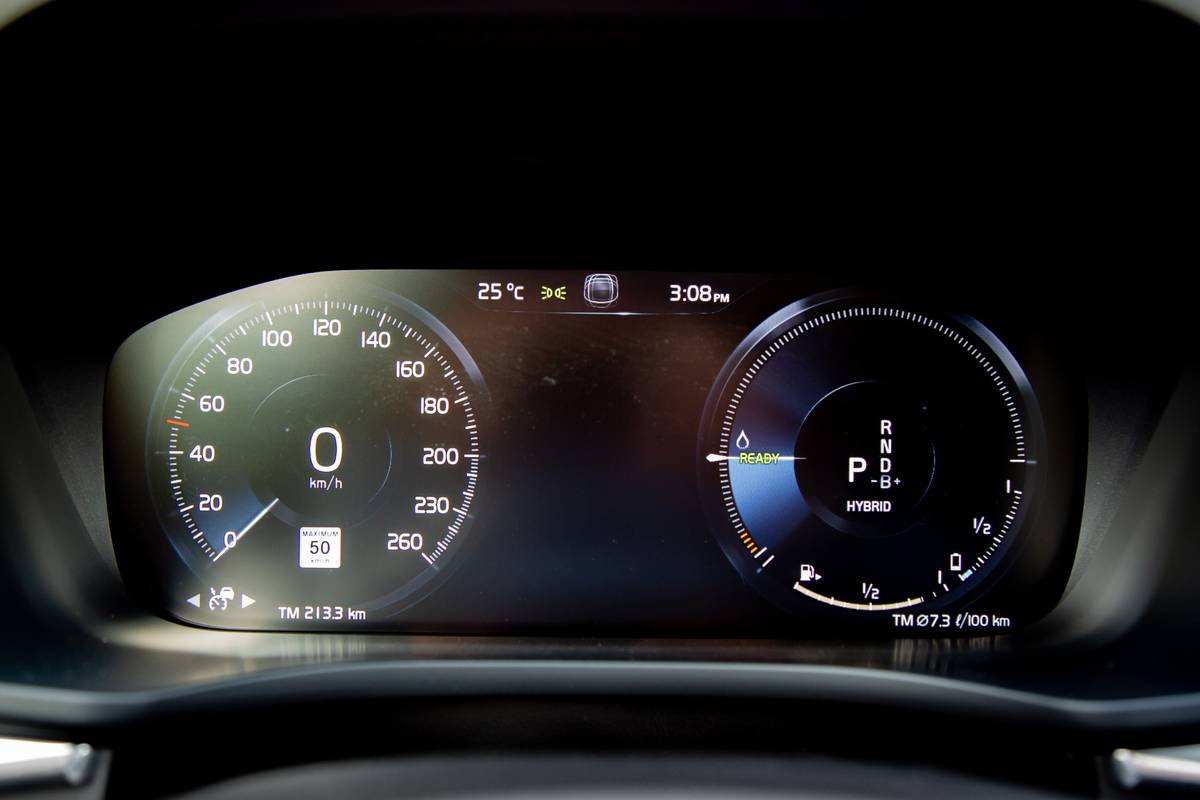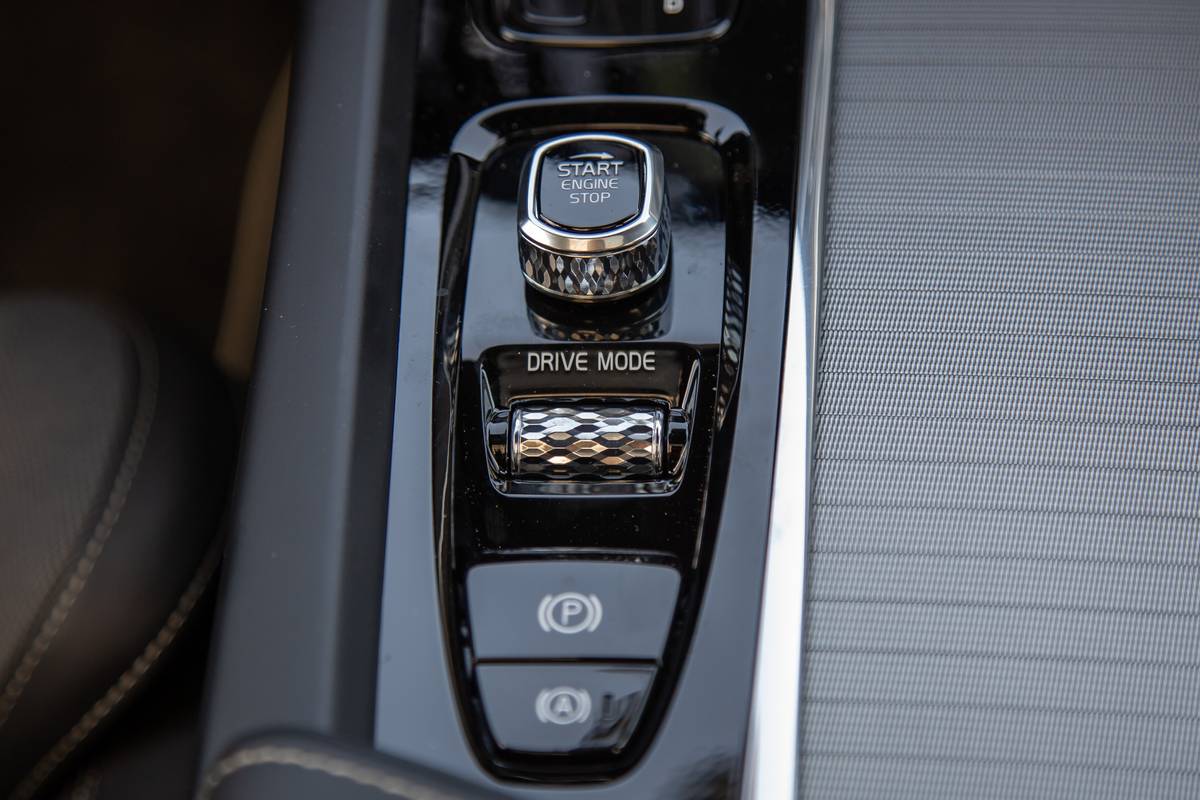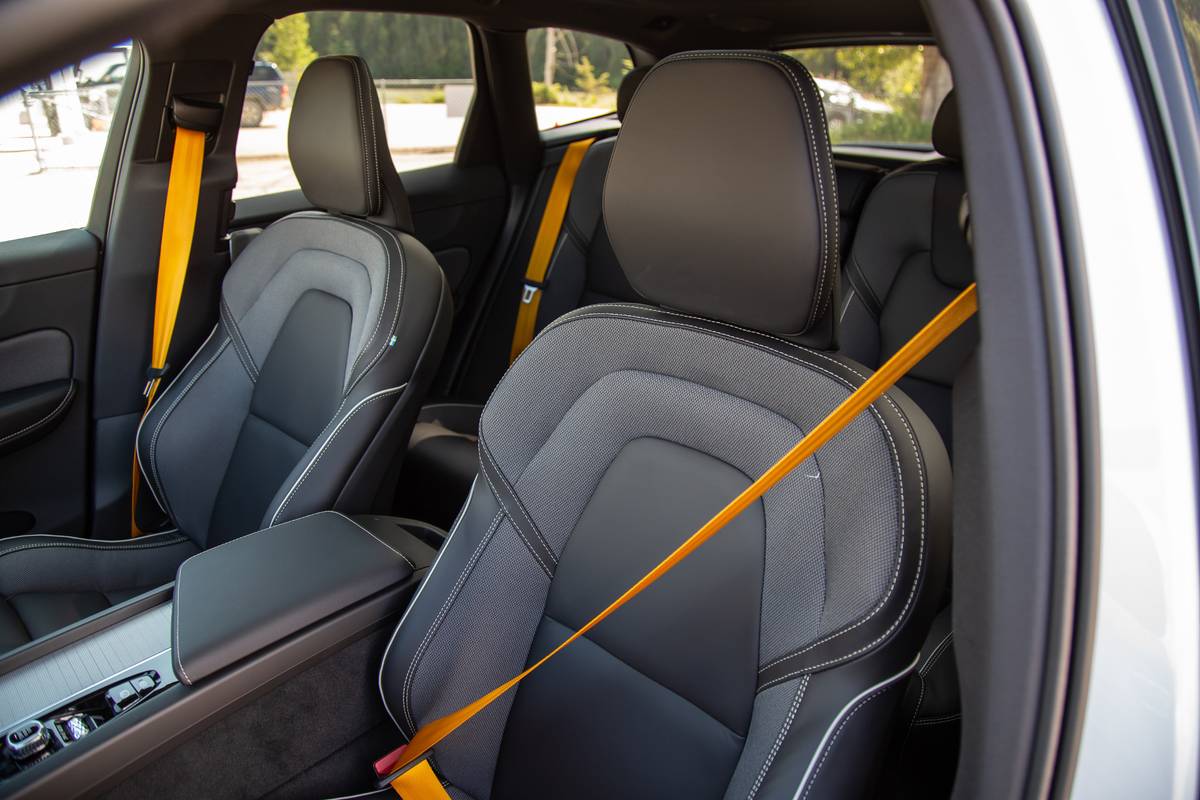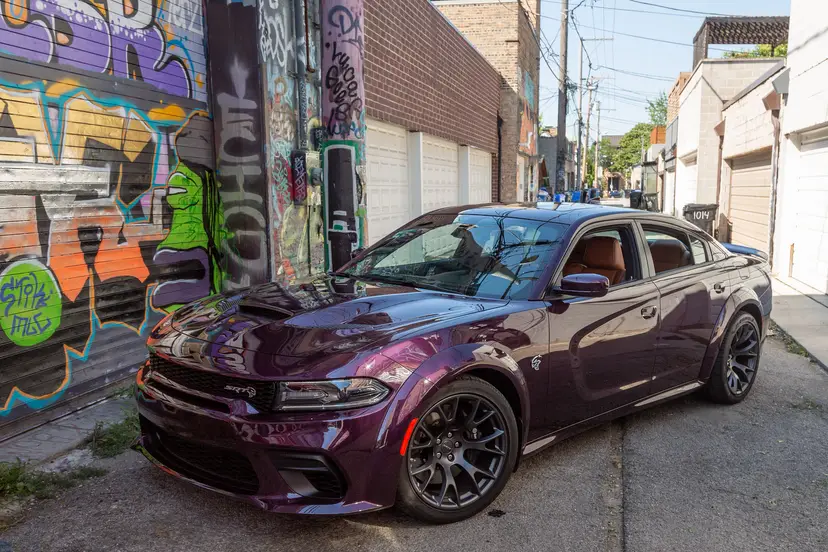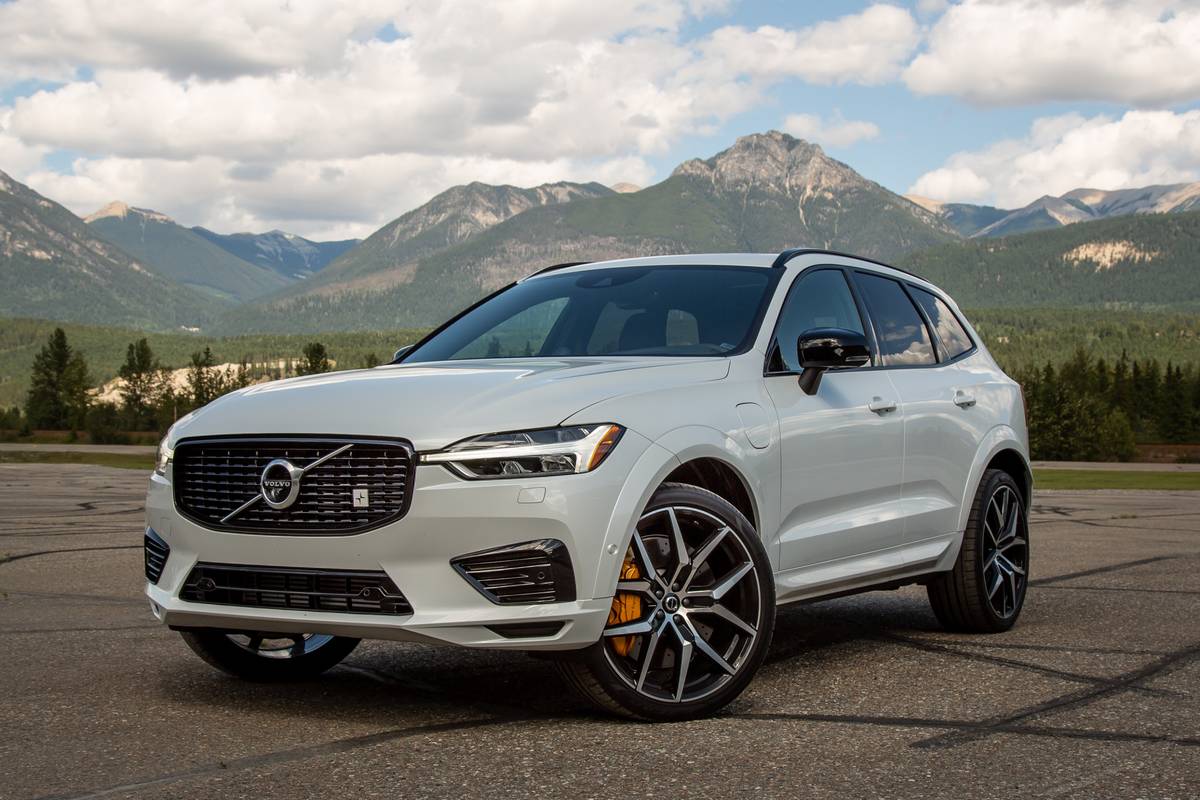
The 2020 Volvo XC60 compact luxury SUV sees a bunch of small tweaks for the new model year, as Volvo tends to do with each of its models lately, but what is worthy of our attention is the one big change for 2020: the new Polestar Engineered trim level, which comes along with a new powertrain option for the XC60, a plug-in hybrid.
Related: Volvo Adds Polestar Punch to 2020 V60, XC60
Our review of the redesigned 2018 Volvo XC60, which kicked off the current generation, was effusive in its praise. Our verdict was simply that “the 2018 Volvo XC60 is a new benchmark for small luxury SUVs.” And then it lapped the field at our 2018 Luxury Compact SUV Challenge, winning by 53 points, a margin that nearly equaled the gap between the second- and fifth-place finishers in the same contest.
This is our first time revisiting the XC60 since then, and I’m happy to report that the new variant keeps the things that we liked so much about its kin: fantastic interior appointments, lots of storage spaces and the oozing of style. What’s interesting, however, is that the new trim level also has the potential to address several of the XC60’s few weaknesses in the areas of handling and powertrain refinement. To see if Volvo succeeded, I headed to Banff, in Alberta, Canada, to drive the XC60 both on-road and on an airstrip autocross course to see if this purportedly performance-oriented version could smooth out those final rough patches. (Per our ethics policy, Cars.com pays for its own airfare and lodging at such automaker-sponsored events.
What Is Polestar Engineered?
Polestar was once to be Volvo’s performance division (think M for BMW or AMG for Mercedes-Benz), but it was recently spun off into its own company to produce electric performance vehicles. It seem, however, that the folks over there still get their hands dirty on Volvo’s petroleum-burning offerings, starting with the S60 and now the XC60 and V60 as well for 2020.
Volvo’s philosophical shift a few years ago means that much of the lineup shares the same architecture and powertrains. No exception here, as both the S60 and XC60 Polestar Engineered vehicles use the T8 plug-in hybrid powertrain that combines a turbocharged and supercharged 2.0-liter four-cylinder engine with an electric motor mounted to the rear axle, plus a battery pack that can be charged by plugging it in. Total system output tops out at 415 horsepower and 494 pounds-feet of torque. Both vehicles also get a shared set of performance upgrades, including more powerful brakes, an Ohlins adjustable suspension and an added front strut bar for more stiffness.
The way to tell it’s a Polestar Engineered model is also shared between the sedan and SUV: Bright yellow brake calipers, which match the yellow seat belts and other yellow accents found throughout the cabin (even the speaker cones in the doors are yellow). A pair of subtle white badges and a glossy grille surround complete the look, but those are details only those with eagle eyes will spot.
With all of the shared equipment, I expected my conclusions about the two vehicles to be similar. The S60 T8 Polestar Engineered didn’t really offer enough performance to tickle my fancy. That model, while sporty, didn’t turn the S60 into a full-on sports sedan, and I had an inkling the same thing would be true about the XC60, as well.
How It Drives
The T8’s layering of electric power atop an already robust engine does help make the XC60’s powertrain feel more confident. Acceleration is seamless; there weren’t any weird transitions between electric and gas power either on the road or on the autocross. But I have to say that I was expecting a bit more out of the XC60 T8 Polestar Engineered given its power figures and the instant torque available from the electric motor. It’s plenty of power for day-to-day use, but much like in the S60, it falls short of offering enough impetus to feel like a performance vehicle, especially when it comes to initial burst, where you really want the electric motor to shine more.
I should note that I was in one of the later groups to do the autocross and drive the XC60 on the street, so by the time I got into the vehicle, the battery was drained pretty low. According to Volvo, maximum powertrain output is achieved only when the battery is at full capacity, so it could be the case that the XC60 feels more alive on a full charge, but with an EPA-rated electric-only range of 18 miles, an owner won’t have a full battery for long, either.
The XC60 also has a bit of trouble putting power down cleanly from a standing start — stomp on it and you feel a bit of vibration through the steering wheel as the traction control attempts to combat torque steer. It wobbles to the left and right a bit and feels like it’s cutting power at times. You get up to speed pretty quickly, but this happened multiple times in my testing, so it didn’t feel like a matter of the road surface.
On the plus side, the XC60’s suspension is great. Being a taller vehicle, it gets more of a pass on body roll compared with its sedan counterpart, and I was impressed by how well the XC60 rode on the street (even with large 22-inch wheels) as well as how it mitigated body roll on the airstrip, where I performed both a slalom run and a version of the moose test (hard braking at 50 mph with a quick jump to the left, then back to the right). Toward the end of the slalom, the XC60 started to sway a bit more, but for an SUV it was quite competent. It rides a bit firm, which makes it feel more athletic than the other variants of the XC60, but it does so without handing out the punishment you might expect in terms of ride quality. It’s very hard to toe that line, but Volvo has done well here.
If you find that the ride isn’t quite to your liking, however, the suspension is also adjustable. In a weird twist, it doesn’t offer a typical adaptive suspension with computer control or remotely adjustable settings that you change through the XC60’s screens. Rather, each of the four shock absorbers are topped by golden dials that you can turn to set their firmness. The dials can be reached under the hood for the front wheels and in the rear wheel well for the rears, and there are 22 different settings for each. There are other performance cars with suspensions like this, but to change them usually requires jacking the car up and taking off various parts and wheels. On the XC60, you just turn the dials by hand, and it makes a difference in how stiffly the SUV rides — not that you’d want to put your XC60 on the track, but you could conceivably drive to a track with a comfortable setting, then quickly stiffen it way up when you get there. The XC60 that I drove to the airstrip was in a middle setting, but the XC60 I put through its paces on the runway dialed up the firmness. It’s noticeable.
Lastly, there was one area that I was extremely worried about: brakes. The S60 T8 Polestar Engineered’s set of Brembo brakes were abysmal, very twitchy and grabby, making it incredibly difficult to stop smoothly. The XC60 T8 Polestar Engineered actually gets different brakes made by Akebono, and the braking problems seem to have been worked out. I reported that the brakes I tested on a T8 version of the XC90 were also markedly improved for 2020, so it might involve some retuning of the T8 models across the board, but nevertheless, you can stop the XC60 without pitching occupants forward now.
In fact, I’d go so far as to call the new brakes very good. Panic stops happened without any squirreling from the front or the rear, and hard braking actually feels more stable than hard acceleration. From pedal feel to ease of use, the braking experience has been entirely revamped for this vehicle, and I give Volvo credit for hearing the feedback on the S60 version and making sure the same thing was not true in the next variant.
Good to Drive, But Something’s Still Missing
The 2020 XC60 T8 Polestar Engineered does a good job addressing some of the shortcomings that we have previously noted in the SUV, but it falls short of the mark of operating like a true performance vehicle. Think of the Polestar Engineered as a sharpened version of the XC60 that’s fun to drive along with all of the other positives that I noted about it above, but a quick look at the competition shows its shortcomings.
At its $72,045 starting price (all prices include destination charges), the XC60 sits right next to the BMW X3 M ($70,895) and Mercedes-AMG GLC63 ($74,745), and those two offer more under the hood. According to their respective manufacturers, the X3 M runs from zero-to-60 mph in 4.1 seconds and the Mercedes-AMG GLC63 does the same sprint in just 3.8 seconds, which is a world of difference off the line compared with the XC60’s estimated 4.9 seconds.
If true performance is your goal, you’d be better served by looking at like-priced alternatives that jam gigantic engines into small SUVs and ask you to hold on for dear life — and I must admit, that has some appeal to me. But what appealed to me about the XC60 T8 Polestar Engineered was its overall refinement: a solid suspension that doesn’t beat you up, confidence-inspiring brakes, that classy interior and understated, attractive styling. At a certain point on the road, my drive partner and I turned to each other in near unison and said, “This is really nice!” As far as auto journalists go, that qualifies as high praise.
The 2020 XC60 T8 Polestar Engineered is on sale now. In 2018, the S60 version of the car was only offered through the Care by Volvo car subscription program, but Volvo says all three Polestar Engineered vehicles (the XC60, S60 and V60) will be available for lease or purchase at Volvo dealerships.
Cars.com’s Editorial department is your source for automotive news and reviews. In line with Cars.com’s long-standing ethics policy, editors and reviewers don’t accept gifts or free trips from automakers. The Editorial department is independent of Cars.com’s advertising, sales and sponsored content departments.




























